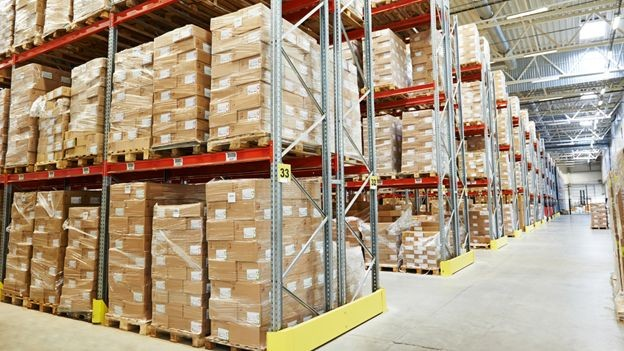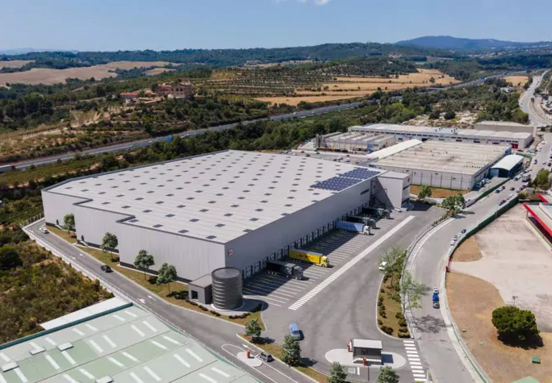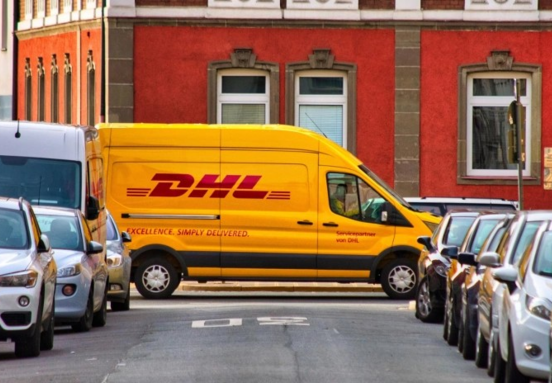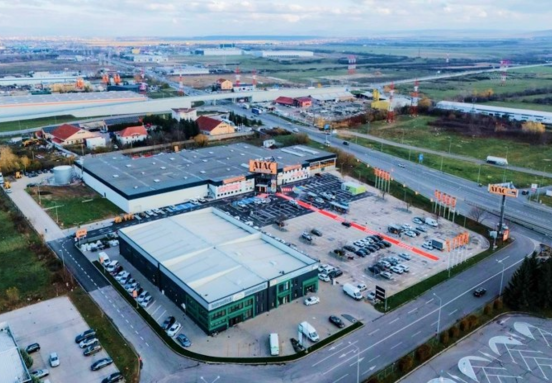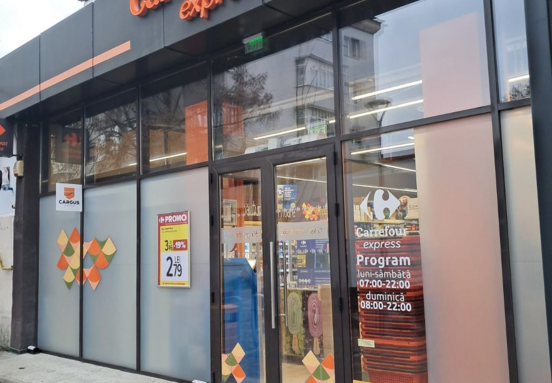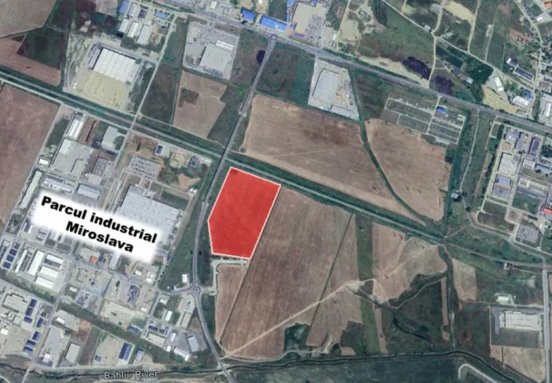1. Modular shelving – adaptability for your rented space
One of the biggest hurdles in storage, especially within rented premises, is a lack of flexibility. Fixed shelving systems quickly become inefficient as product dimensions change or inventory fluctuates, often forcing businesses to consider larger, more expensive leases.
In 2025, more companies are transitioning to modular shelving with adjustable shelves and extensible elements, allowing for easy adaptation without tools or additional costs.
These systems can expand laterally or vertically, permit quick reconfigurations based on seasonality, and are ideal for dynamic environments like retail, small-scale production, or workshops. Their inherent flexibility helps eliminate repeated investments and extends the lifespan of existing equipment, making them perfect for optimizing your current rental.
2. Vertical storage and height optimization
A common oversight in facility planning is the underutilization of vertical space. For 2025, the focus shifts to maximizing the total volume of your rented space, not just its footprint. Modern industrial shelves can reach heights of 4-6 meters and are compatible with access equipment like forklifts and industrial ladders.
This strategy maximizes storage capacity without requiring an expansion of your physical space. It also allows for smart zoning, placing frequently accessed products lower and less common items higher up, and enables precise product segmentation. This is an ideal solution for warehouses with high ceilings or smaller leased spaces that need to be efficiently utilized.
3. Heavy-duty metal shelving for bulky inventory
Proper storage of heavy or voluminous products is crucial for both safety and efficiency within your operations. In 2025, the use of professional-grade metal shelving designed for substantial loads is becoming standardized. These robust systems offer high loading capacity per level (300-1000 kg+), tested structural stability (through floor/wall anchoring), and resistance to humidity, dust, and varying temperatures.
They are indispensable for industries such as industrial production, automotive, construction, agriculture, or transport, ensuring your heavy inventory is stored safely and efficiently within your leased industrial unit. Modern designs are also fully compatible with other logistics systems, including conveyors and automated solutions.
4. Mobile systems and rail shelving for maximum space gain
Among the most innovative trends in 2025 is the adoption of mobile shelving, placed on rails or industrial wheels. These systems completely eliminate the dead space between traditional fixed aisles, as only the active aisle needs to be open at any given time.
The clear advantages are significant: a gain of up to 40% in available space, increased security with controlled access to only the active zone, and most importantly for businesses looking to rent, potentially lower rental costs due to enhanced efficiency. They are widely used in archives, laboratories, and documentation centers, but also increasingly in commercial warehouses where space is at a premium.
5. Integrated technology and sensors in storage
The digitalization of physical spaces is becoming the norm. In 2025, many businesses are implementing real-time monitoring solutions directly within shelving units or integrated into central logistics systems. This includes weight sensors to detect overloading, motion sensors to flag unusual activity or underutilization, and temperature/humidity monitoring for sensitive products.
These systems seamlessly integrate with ERP or WMS software, offering total transparency and the ability to intervene rapidly. Furthermore, they contribute to data-driven decisions, eliminating guesswork and ensuring optimal use of your rented facility.
Combining solutions – the key to real efficiency
The solutions presented above are not mutually exclusive. In fact, the most efficient storage spaces in 2025 strategically combine: modular shelving for flexibility, vertical storage for maximized capacity, mobile shelving for premium space utilization, and integrated technology for control and reporting. The ideal choice always depends on your industry, volume, type of goods, budget, and desired level of digitalization.
What is clear, however, is that classic methods – stacks of boxes, old shelves, and cluttered spaces – can no longer sustain current operational demands, especially when trying to maximize value from a rented property.
Steps for implementing a modern storage solution in your rented space
If you're in the process of reorganizing your current leased space or aiming to build an efficient system from scratch within a new rental, here’s what you should do:
Audit your existing space: Measure, analyze workflows, and identify bottlenecks within your current or prospective rented layout.
Define product types: Categorize your inventory by weight, frequency of access, and perishability to inform shelving choices.
Consult a specialist: Engage with storage experts to receive a personalized technical proposal tailored to your rented facility's unique dimensions and needs.
Choose modular solutions: Opt for systems that allow you to adjust and scale in the future, providing long-term value for your leased space.
Integrate technology: Even at a minimal level (e.g., QR codes, smart labeling, basic sensors) to enhance data-driven management.
Source: cugetliber.ro
